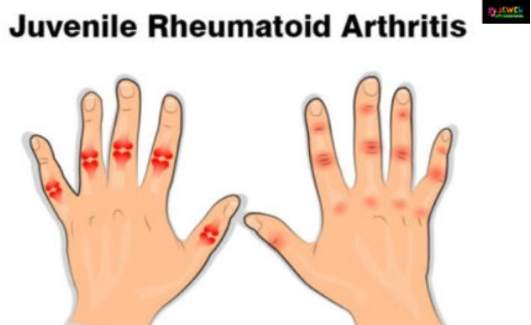During painful episodes of juvenile arthritis, a plan of care should include what nursing intervention?
A weight-control diet to decrease stress on the joints
Proper positioning of the affected joints to prevent musculoskeletal complications
High-resistance exercises to maintain muscular tone in the affected joints
Complete bed rest to decrease stress to joints
The Correct Answer is B
During painful episodes of juvenile arthritis, a plan of care should include proper positioning of the affected joints to prevent musculoskeletal complications. Proper positioning helps to alleviate pain, reduce inflammation, and minimize stress on the affected joints. It also promotes joint stability and prevents contractures or deformities that can occur due to prolonged immobility.
a weight-control diet to decrease stress on the joints in (option A) is incorrect because it, may be a consideration in managing overall joint health and reducing excessive strain on the joints. However, it is not the primary nursing intervention during painful episodes of juvenile arthritis.
high-resistance exercises to maintain muscular tone in the affected joints in (option C) is incorrect because it, may not be appropriate during painful episodes of juvenile arthritis. High-resistance exercises can potentially exacerbate pain and inflammation. Exercise should be tailored to the individual's condition and guided by healthcare professionals.
complete bed rest to decrease stress to joints in (option D) is incorrect because it, is not recommended as a nursing intervention for painful episodes of juvenile arthritis. Prolonged bed rest can lead to muscle weakness, joint stiffness, and functional decline. Instead, maintaining mobility and appropriate activity levels within the child's pain tolerance and capabilities is generally preferred.

Nursing Test Bank
Naxlex Comprehensive Predictor Exams
Related Questions
Correct Answer is C
Explanation
Infants and children have open growth plates, also known as epiphyseal plates, at the ends of
their long bones. These plates are responsible for bone growth and are not fully fused until
the child reach skeletal maturity. Due to the presence of open growth plates, infants and
children are more prone to fractures because their bones are still developing and are less
dense than those of adults.
Their bones have less blood flow in (Option A) is incorrect because cchildren’s bones
actually have a greater blood flow compared to adults. This increased blood flow supports the
rapid growth and development of bones in children.
Growth occurs in children as a result of an increase in the number of muscle fibers in (option
B) is incorrect because ggrowth in children occurs primarily due to the elongation and
thickening of existing muscle fibres, not an increase in their number. This option inaccurately
suggests that children's muscles increase in fibber count to facilitate growth.
Because soft tissues are resilient in children, dislocations and spirals are less common than in
adults in (Option D is) incorrect. While soft tissues may be more resilient in children, it does
not mean that dislocations and sprains are less common than in adults. In fact, children's
ligaments and joint structures are still developing and may be more susceptible to injuries
such as sprains and dislocations compared to adults.

Correct Answer is D
Explanation
Precocious puberty is the early onset of puberty before the age of 8 in girls and before the age of 9 in boys. It is important for parents of a child with precocious puberty to understand theimpact it may have on their child's social and emotional development. In this case, explaining the importance of the child having relationships with same-age peers is crucial.
Children experiencing precocious puberty may appear physically more mature than their peers, which can lead to social and emotional challenges. Encouraging the child to maintain relationships with same-age peers helps foster a sense of normalcy and belonging. It can also support the child's social and emotional development by providing opportunities for age- appropriate interactions, friendships, and experiences.
Whether you are a student looking to ace your exams or a practicing nurse seeking to enhance your expertise , our nursing education contents will empower you with the confidence and competence to make a difference in the lives of patients and become a respected leader in the healthcare field.
Visit Naxlex, invest in your future and unlock endless possibilities with our unparalleled nursing education contents today
Report Wrong Answer on the Current Question
Do you disagree with the answer? If yes, what is your expected answer? Explain.
Kindly be descriptive with the issue you are facing.
